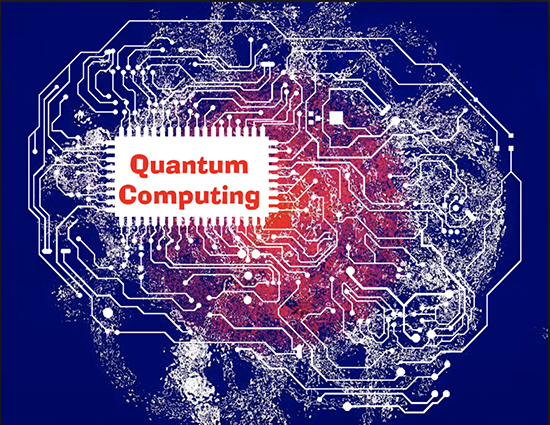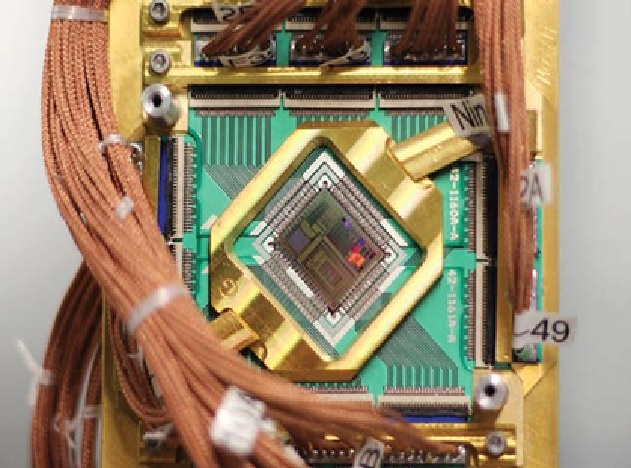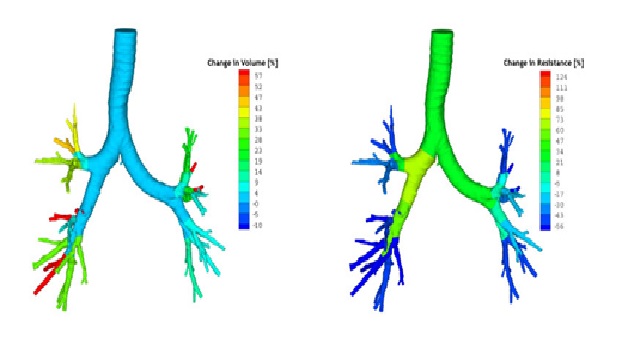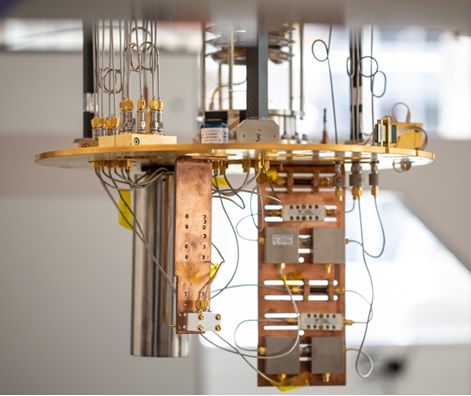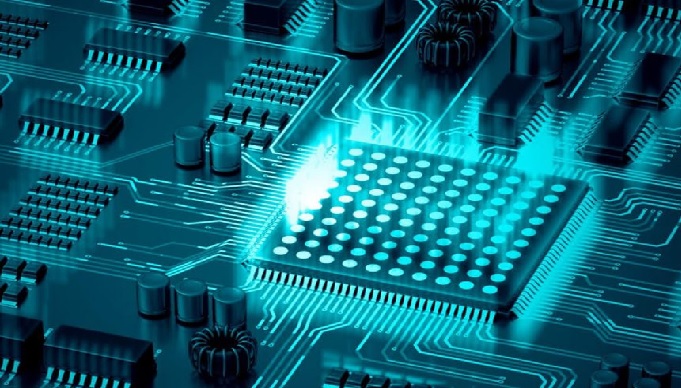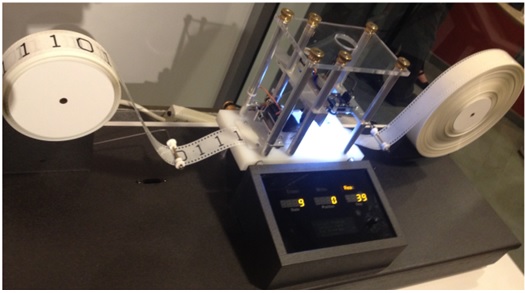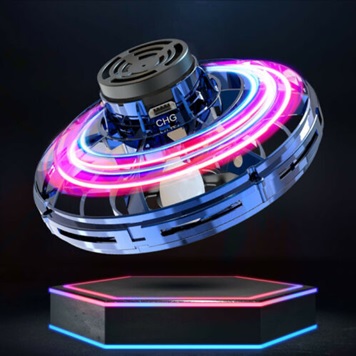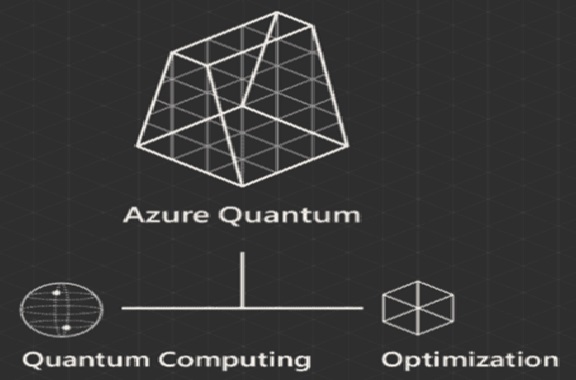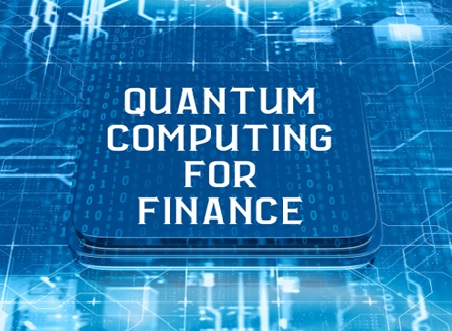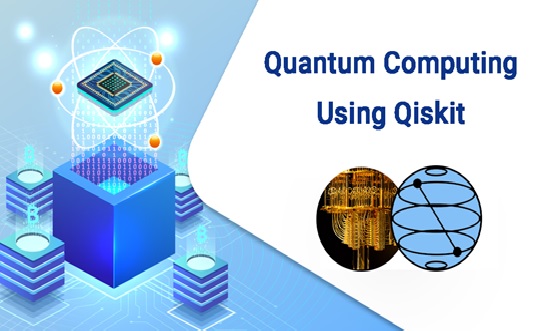In Modern Technology of Universal Quantum
Universal Quantum is a fraction of the size of major companies within the quantum sector, such as IBM and Google but it has the technology solutions to transform the sector. At Universal Quantum we’re all engineering enthusiasts, but it’s our differences that define our truly interdisciplinary team.
universal Quantum Devices designs, manufactures and sells electronic instrumentation products for time-correlation measurements. Our products can be applied to many areas of time-correlated single photon counting – TCSPC – especially experiments on multi-photon and quantum [1] entanglement, quantum computing, quantum communication and quantum key distribution, and LIDAR. There are no limits to using our systems for a much broader range of applications including FLIM, figure 1 shown below. detector device characterization, high-speed event counting, configurable pulse delay, and much more.

Figure 1. Universal Quantum
Quantum optics experiments use dedicated instruments for the analysis of correlated events in time — such as multiple-photon detection events. The systems used in recent multiple-photon experiments would be difficult to implement without using Field Programmable Gate Array (FPGA). UQD designs and develops instruments in cooperation with a specialist in FPGA solutions.
The company’s initial flagship instrument is the IQCLogic Unit. It was designed and built-in cooperation with DotFast Consulting, and combines a timing analyzer, a coincidence logic unit and counters for 16 input channels on one device — a useful instrument for an array of research in quantum optics.
The devices offered by UQD can be utilized for experiments.
- high count rate entanglement sources
- multi-photon experiments such as optical quantum computing
- quantum cryptography with single and entangled photons
- feed-forward experiments including gated detectors and triggered optical modulators
- time correlated fluorescence
- Superconducting loops
This is the most popular technology and where many corporations are pouring their people and material efforts. These machines are powered by a superconducting qubit-based processor. Qubits are coupled [2] to a linear superconducting resonator for readout. The combination of the qubit, the linear readout resonator, and the associated wiring provides a quantum circuit capable of reliably encoding.
Optical qubits
Linear Optics Quantum Computation (LOQC) uses photons, or single particles of light, as information carriers. These light-based quantum computers are based on a reconfigurable silicon quantum chip that can process photons in a stable, accurate and fast way. The job of the chip is to take a series of laser pulses (used as a source of light) and turn them into a programmable entangled state that can be used to encode and process information.
References:
- https://www.worldscientific.com/worldscibooks/10.1142/10178
- https://ionq.com/posts/quantum-computing-101-introduction-evaluation
Cite this article:
S. Nandhinidwaraka (2021), In Modern Technology Of Universal Quantum, AnaTechMaz, pp. 4


